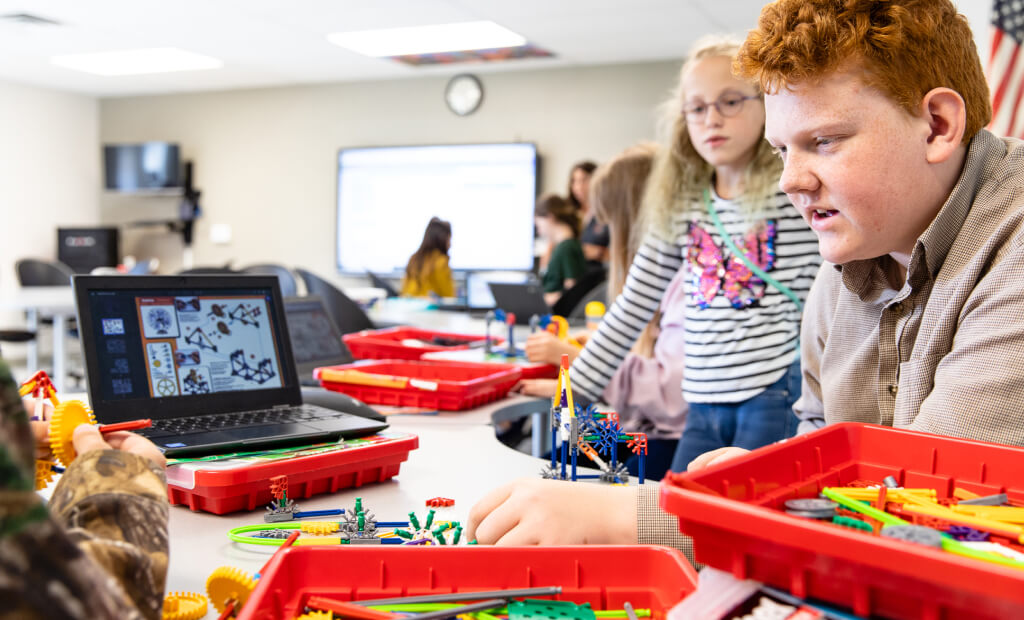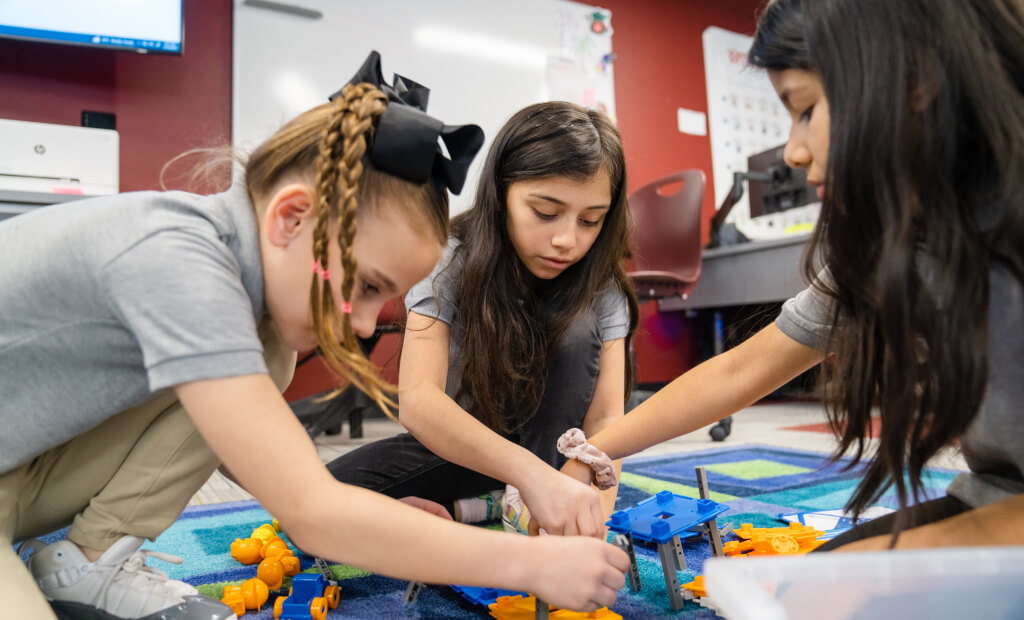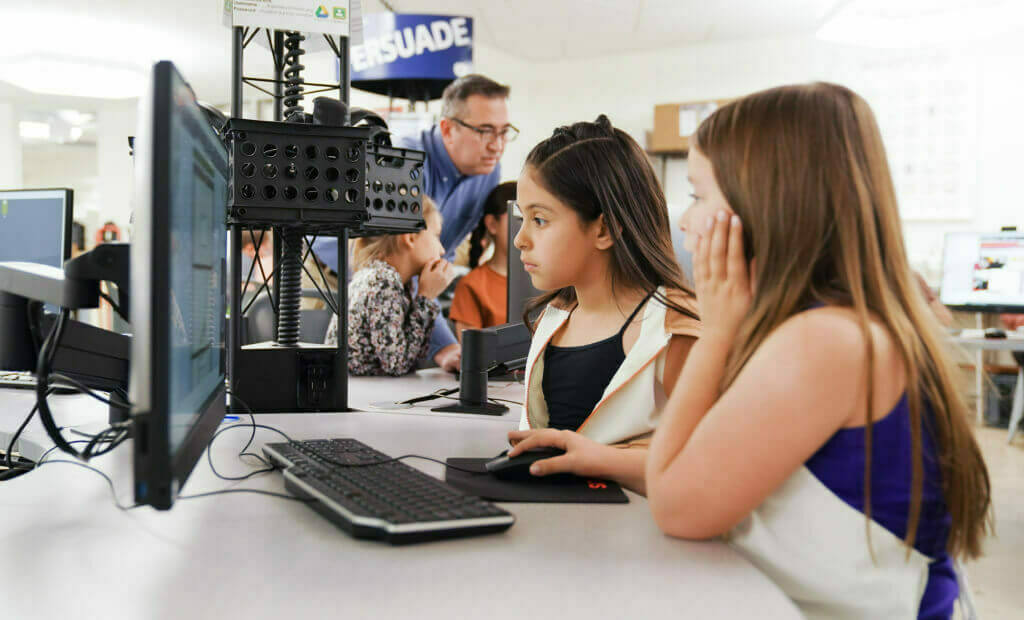Strategies for Empowering Students to Own Their Learning
In the article Engagement is Foundational to Any Learning Outcome, I argued that students need context and confidence to be engaged in their learning. With this in mind, let’s look at what might be seen as an ‘upgrade’ to engagement and explore strategies for empowering students to own their learning.
These strategies all involve giving up a little bit of control as a teacher while maintaining structures and norms as a facilitator of a learning community.
- Provide a framework to support the pursuit of their goals.
- Help learners think about when to update their goals or follow-through.
- Emphasize respectful sharing of space, resources, and ideas.
- Move beyond engagement to empowerment.
Let students choose their goals
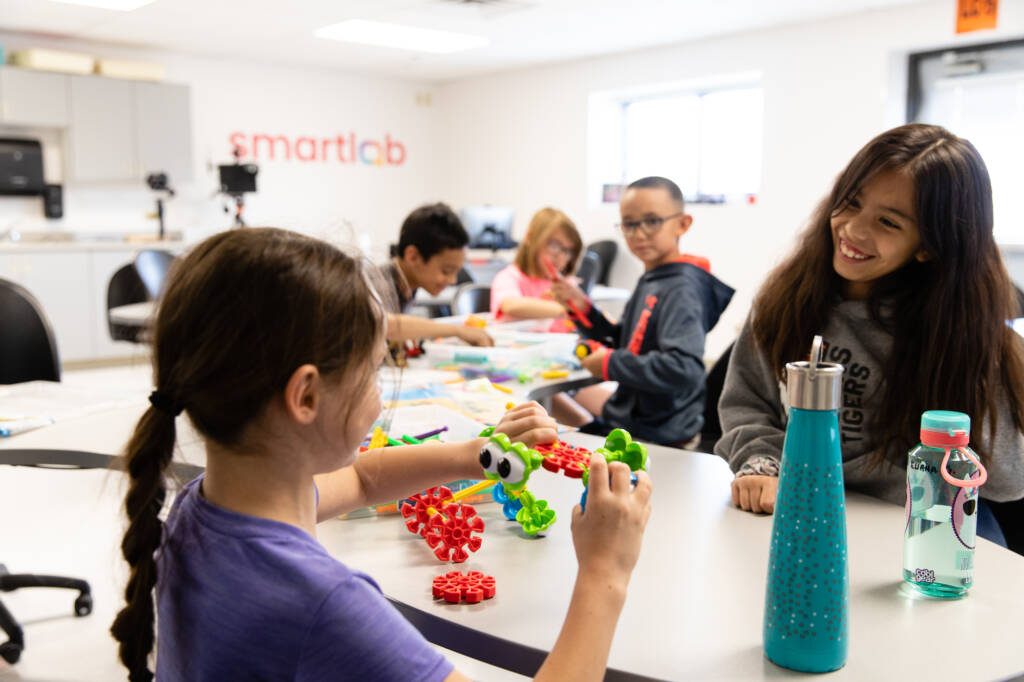
Goal setting is an essential part of the SmartLab Learning process. It allows students to identify the focus of their projects and sets them up to progress toward an objective throughout a project. The SMART framework provides the structure for students to transform wishful thinking into action. As you let learners choose their own goals for each project, they’ll need reminders to identify specific, measurable, attainable, relevant, and time-based objectives. But that freedom to choose their targets will spark their interests more than any prescribed goal.
John Spencer and A.J. Juliani describe the role of goals and self-management in empowering learners in this way:
Self-management begins with a sense of awareness regarding what you are doing, where you are going, and what you plan to do next. Students with this sense of awareness understand not only what they are doing but why they are doing it.
Spencer & Juliani – Empower: What Happens when Students Own Their Learning (pg 83)
By allowing students to choose their own goals and supporting them with the framework to accomplish those goals, you empower them to own the learning process.
Let students change their minds
With limited time, it can be tempting to force students to stick to a goal once they’ve set it no matter what. How can they complete a project if they’re supposed to be halfway through the project cycle by now?
Letting students choose new goals midstream can send the message that they are in charge of their learning. They own the objectives and the outcomes. That sense of ownership can lead to an increase in a student’s desire to complete the tasks necessary to achieve the goal. That heightened sense of internal urgency can make it so that students don’t need as much external pressure to work toward their objectives.
At the same time, allowing students to change their minds should be coupled with enough support to develop self-management skills necessary for follow-through. Often, that support can be as simple as asking a group, “How much time do you think you’ll need for that step in your project?” It may end up that students will run out of time and not complete a project the way they had hoped. Help students view their missed objectives with a growth mindset. Ask them, “What can you do next time to follow your timeline more closely?”
Letting students change their minds about a project goal, while supporting them to develop skills to follow through to still meet deadlines can empower them through ownership of their projects.
Let students share their ideas freely
The final strategy I’ll discuss relates to magnifying the voices of your students. Sharing is baked into the SmartLab Learning Process and usually involves giving students an opportunity to present or demonstrate their projects in some way. This is an important part of learning, but harnessing the power of sharing to truly empower learners goes beyond what students are expected to do at the end of each project.
Letting students share their ideas freely shouldn’t be limited to just how students share what they’ve learned at the end of a project. Give them space to share their ideas for managing the SmartLab. Listen (truly listen) to them when they say they have something to tell you. Establish a culture of open communication where students can respectfully give feedback to you and their peers.
Providing an open forum for dialogue in your SmartLab can help empower learners by letting them know that their voices matter.
Empowerment → Engagement
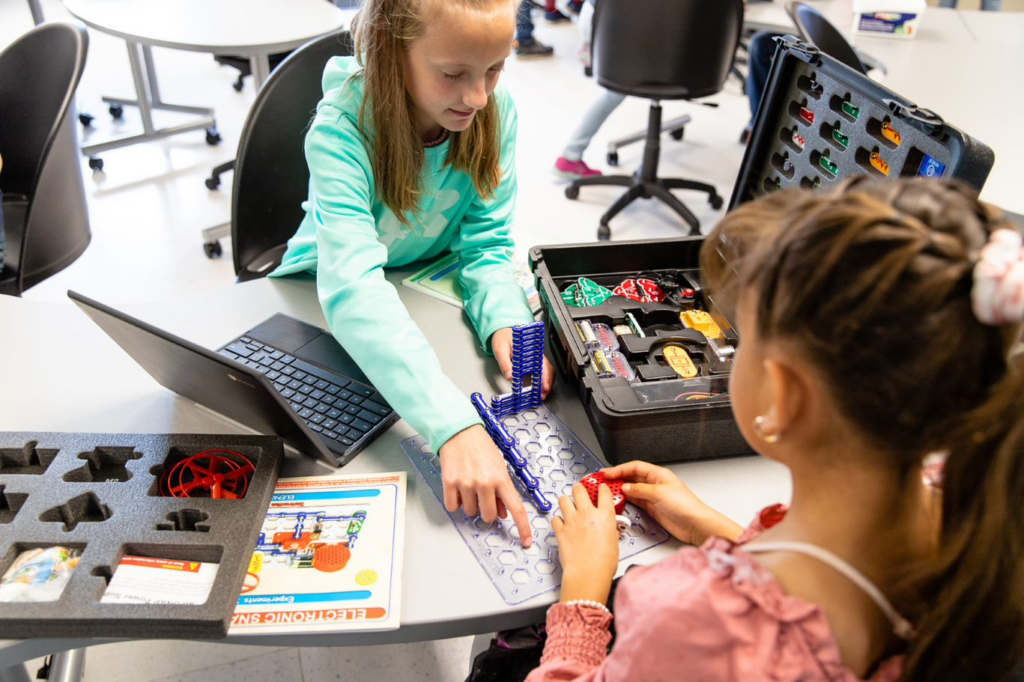
Increasing learner engagement is a powerful first step in improving your students’ experiences in school. The next step is to truly empower them to pursue their own goals using the resources available to them. That empowerment happens best as you balance the freedom allowed them with the norms, expectations, frameworks, and skills needed to grow into self-directed owners of their learning.
As Uncle Ben said, “With great power comes great responsibility.”



